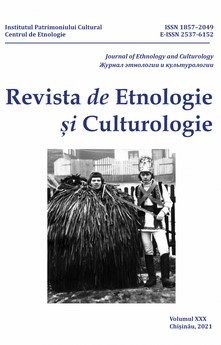”THE GYPSY ISSUE” IN HUNGARY DURING THE INTERWAR YEARS (I)
“THE GYPSY ISSUE” IN HUNGARY DURING THE INTERWAR YEARS (I)
Author(s): Tamás HajnáczkySubject(s): Social history, Health and medicine and law, Interwar Period (1920 - 1939), Inter-Ethnic Relations, Ethnic Minorities Studies
Published by: Institutul Patrimoniului Cultural al Academiei de Științe a Moldovei
Keywords: Gypsy settlements; “wandering Gypsies”; public health; conflicting interests; interwar years in Hungary; “Gypsy issues”;
Summary/Abstract: During the interwar years in Hungary, the authorities approached the issue of Gypsy settlements mainly through regulations concerning public health. Measures to try to settle the so-called “wandering Gypsies” resulted indirectly in the creation of new Gypsy settlements. The conflicting interests of government ministries and the local authorities became all the more apparent, as they both expected the provision of the accompanying necessary funds to resolve the “Gypsy issue” from the other party. The implementation of the decrees issued by the central authorities were often obstructed and faced criticism from officials, doctors, and gendarmerie responsible for their implementation at the local level. During the period in question, the content of the “Gypsy issue” gradually changed: during the 1920s it mostly meant the setllement of “wandering Gypsies”; while later, in the 1930s, along with the old ones new challenges arose related to the Gypsy settlements, which increased both in size and number. The author uses little-researched primary sources: resolutions approved by the Hungarian authorities and Hungarian interwar periodicals such as: the Csendőrségi Lapok (Gendarmerie Journals), Magyar Közigazgatás (Hungarian Public Administration) and Népegészségügy (Public Health).
Journal: Revista de Etnologie şi Culturologie
- Issue Year: XXX/2021
- Issue No: 2
- Page Range: 60-68
- Page Count: 9
- Language: English

